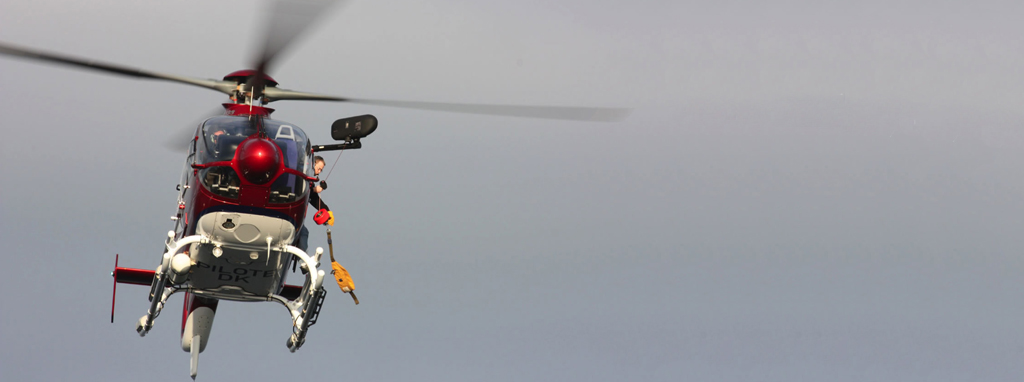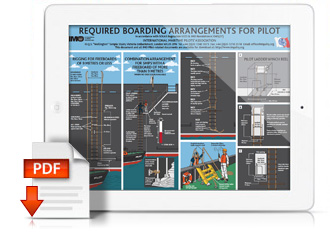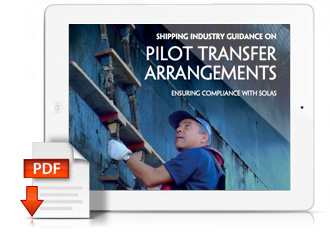- Pilotage within Dyck area, The pilot on duty at the radar station inform the Captain on VHF Channel 72 when the pilot boat is leaving Calais harbor, transit time to reach the vessel at the PBG is around 20 minutes weather permitting.
- Pilotage at Dunkirk east breakwater, The pilot on board the launch contact the captain on VHF Channel 73, transit time to reach the vessel is around 10 minutes.
- Pilotage at buoy E12 (Zuydcoote passage), communications on VHF channel 73, transit time to reach the vessel is around 30 minutes weather permitting.
- Boarding speed is usually between 6 and 7 knots .
Regulation :
Pilot transfer arrangements shall be in all respects in compliance with the resolution A.1045 (27) of the IMO adopted in November The 30th 2011.

General :
- VHF must be watched on 72 all the time, call sign of the helicopter is “Roméo Sierra”
- Landing / hoist area to be advised to Dunkirk Pilot Radar station on VHF Ch.72
- Horizontal and vertical visibility must be estimated and transmitted as well
- All deck cranes and/or other moving gear on deck lowered and secured
- All loose objects within and close to landing / hoist area removed or secured
- Landing / hoist area free of dirt, cargo remains and/or ice
- Relative wind indicator on deck noted with windsock or flag on the fore mast
- Landing/hoist area well lit between sunset and sunrise or in case of poor visibility
- Deck lights directed to the deck in downward position (in order to avoid blinding of helicopter pilots)
- Don’t switch off deck lights until helicopter has flown away from the vessel
- Fire fighting precautions at landing / hoist area taken as per ships capacity(for detailed recommendations refer to the ICS Guide to Helicopter/Ship Operations Guide.
- All radar scanners on stand-by
- Crew member(s) to assist maritime pilot assigned and prior to start of operations duly instructed :
- Crew member to assist maritime pilot provided with VHF hand set
- about location of hoist / landing area (if not a fixed position on board)
- to take as much as possible a sheltered position outside landing area prior to and during operations
- to stay outside landing area at all times
- in case of hoisting, to guide the pilot and not to touch the hoist cable.
- Crew members not involved in pilot by helicopter operations instructed to stay away from weather deck.
- All crew members instructed not to use photo flash (in order to avoid blinding of helicopter pilots.
Tankers :
- Pressure in cargo tanks released not earlier than 30 minutes prior to start of operations (If no gas inert gas system)
- Pressure in cargo tanks reduced to slightly positive (if fitted with inert gas system).
- All tank openings secured after venting.
Gas Carriers :
- All precautions to prevent vapour emission on deck taken.
Bulk Carriers :
- Surface ventilation stopped and all hatch openings battened down
- Cargo hatches to be closed




